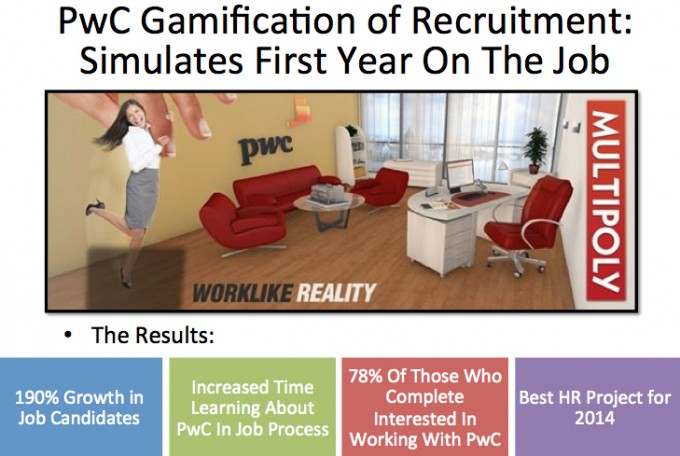
Gaming in the workplace – it seems counterintuitive, right? Common knowledge would say that employees should be working when in the office, not playing games. And yet, gaming – particularly digital and mobile gaming – has begun to take a foothold in the business world. Used for everything from corporate training to in-office health and employee morale initiatives, games can be a tremendous asset for your business. Far from being a distraction, games can help your company improve ROI, employee performance, morale, and a number of other key metrics.
Understanding the Principles Behind Gamification

The Psychology of Gamification: Can Apps Keep You Motivated?
To understand how gaming can help in the workplace, it’s important to look into what constitutes “gamification.” This term has come to represent gaming for purposes other than pure entertainment, but it’s easy to misinterpret. After all, it’s easy to see “games” in “gamification,” but that isn’t strictly what gamification is about. At the end of the day, it is still work that is being accomplished.
Garter defines gamification as “the use of game mechanics and experience design to digitally engage and motivate people to achieve their goals.” In other words, gaming in the workplace doesn’t have to take the strict and true form of games, per se. What gamification actually refers to is processes, motivators, and reward incentives that work on many of the same principles of gaming. These include points, badges, clear goals, and other incentives and rewards.
It is important to note that gamification is built around a digital experience. This is key, as this new ideology makes use of the current proliferation of digital and smart devices within the workplace. The so-called BYOD (bring your own device) culture found in some many workplaces allows companies to tap into their employees’ own devices, which provides multiple benefits. Perhaps most obviously, your company doesn’t have to cover these expenses. Less obvious but no less important, by allowing your employees to use their own devices, you help improve morale and foster a workplace culture of comfort and convenience.
But Why Should Your Company Try It?

Top 25 Best Examples of Gamification in Business
Well, perhaps most simply because we already know that it works – or at least that it can work if used correctly. Companies across the globe have already implemented gaming into the workplace to positive results. Information technology companies like NTT Data in Japan and healthcare companies like University of California Benioff Children’s Hospital in San Francisco and Blue Cross Blue Shield in Portland have adopted gamification to train, motivate, and reward employees. Through this process, they have noticed improved engagement, employee satisfaction, and performance.
Think of all of the processes in your own organization that could benefit from gamification: new employee onboarding, employee training, specific employee tasks, quality assurance and quality control… the list goes on. Today’s prevalence of smart devices, combined with the advanced gaming capabilities of today’s platforms, make adopting gaming in the workplace relatively hassle-free. Though costs can certainly go up should your organization choose to pursue a bespoke application, off-the-shelf gamification solutions are quickly gaining ground. The cost of entry doesn’t have to be a burden.
What Does the Future Hold?

Future Of Work: Using Gamification For Human Resources
As time goes on and adoption numbers continue to rise, we’re likely to see gamification become more standardized and employee-focused across the board. A custom solution is out of the reach of most small businesses, so the days of one-off gaming solutions may be numbered (or at the very least, the number of clients interested in such a product may be dwindling). If gamification can adopt or live by a set of best practices, it stands the chance of becoming a universal business solution rather than a niche one. After all, it employs tried and true principles of employee training – namely, motivation through incentives. The primary difference is the packaging.
Instead of attending team building exercises, corporate functions, and in-person training courses, employees can now accomplish the same entirely online. Gamification employs digital technology and advanced gaming capabilities to provide individuals with a more rewarding user experience. Though it may still be some time before it ever truly catches on in the commercial realm (gamification and advertising aren’t the best bedfellows), it seems a perfect match for the workplace.




